- leun's home page
- Posts
- 2013
- 2012
- December (2)
- October (3)
- September (2)
- August (1)
- July (4)
- June (4)
- May (2)
- April (3)
- March (5)
- February (5)
- January (5)
- 2011
- December (3)
- November (3)
- September (5)
- August (2)
- July (2)
- June (3)
- May (4)
- April (4)
- March (2)
- February (4)
- January (2)
- 2010
- December (2)
- November (3)
- October (3)
- September (5)
- August (6)
- July (2)
- June (4)
- May (3)
- April (4)
- March (4)
- February (2)
- January (4)
- 2009
- 2008
- October (1)
- My blog
- Post new blog entry
- All blogs
run10129029
Run 10129029 (5/9)
The first 100,000 events from this run are analyzed. Configuration was "production2009_200Gev_Single / Physics" For 829 cells in Eleanor's table, and for total of 14113 triggers coming from those cells, (based on Qtdata) Hottest 25 cells produced 57% of the triggers. Module break downs are; NL:9, SL:2, NS:12, SS:2 Total 110 cells produced 90% of the triggers. The clusters are generated from Qtdata. These clusters differ from the "appended/internal" L1 DSM input clusters in two aspects. 1. Qt8 sums are NOT truncated. 2. The perimeter high towers are ignored according to Eleanor's table. Total of 40 clusters, one for each Qt32 board, are compared to the threshold. LED suppression is done by looking at the number of channels with ADC>10, and cutting at 800. For the following plots, the origin is South Up. Cluster sum distribution. (after low 5 bit suppression) Trigger multiplicity Attached spreadsheet shows number of triggers, pseudo-rapidity, and phi for each cell. Sheet 1 is for all the cells that have cluster definition in Eleanor's table. Sheet 2 is for those that do not, including both the physical holes and the trigger ignores. For this, the number of trigger is based on appended L1 input.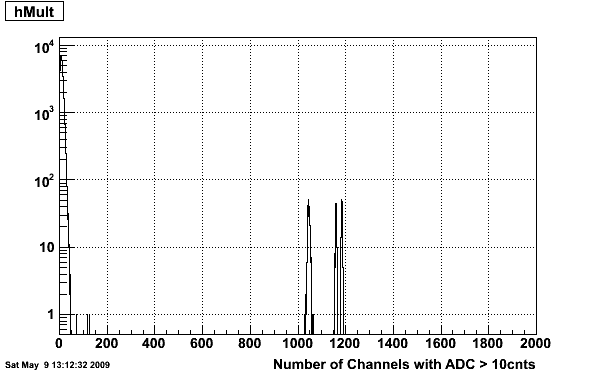
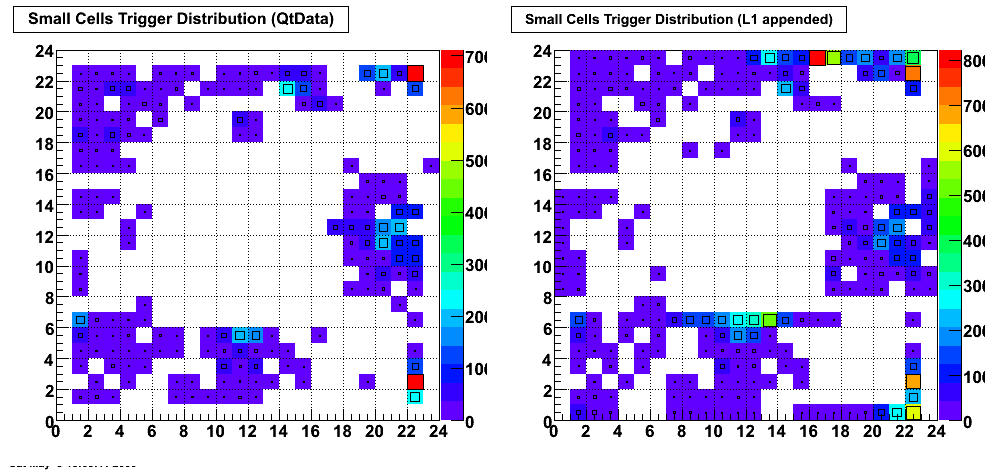
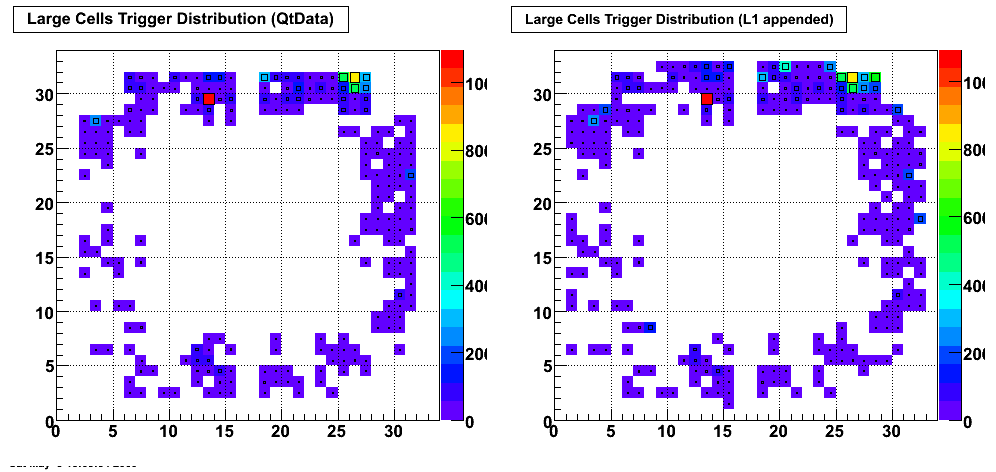
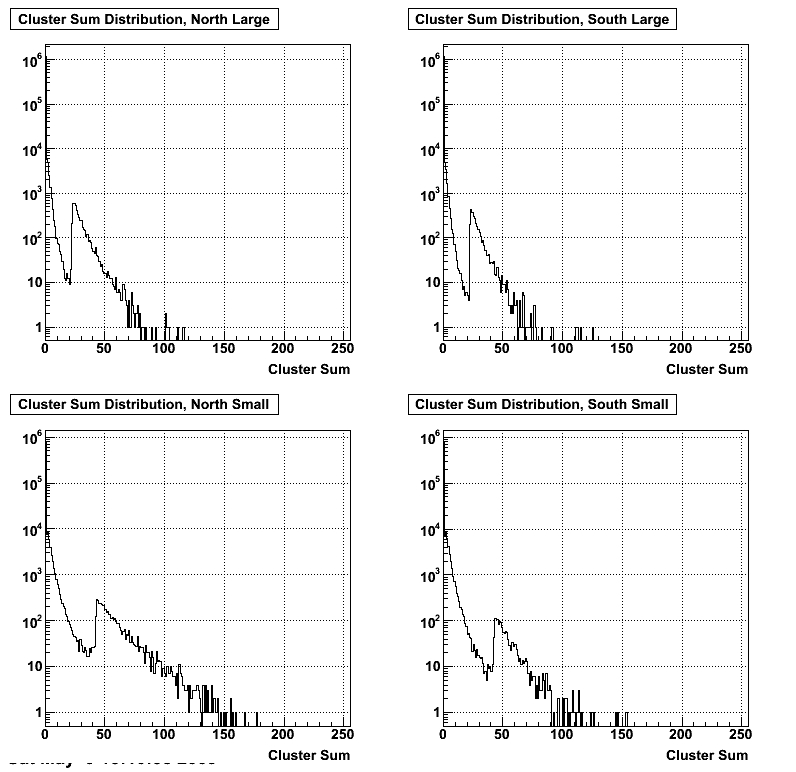
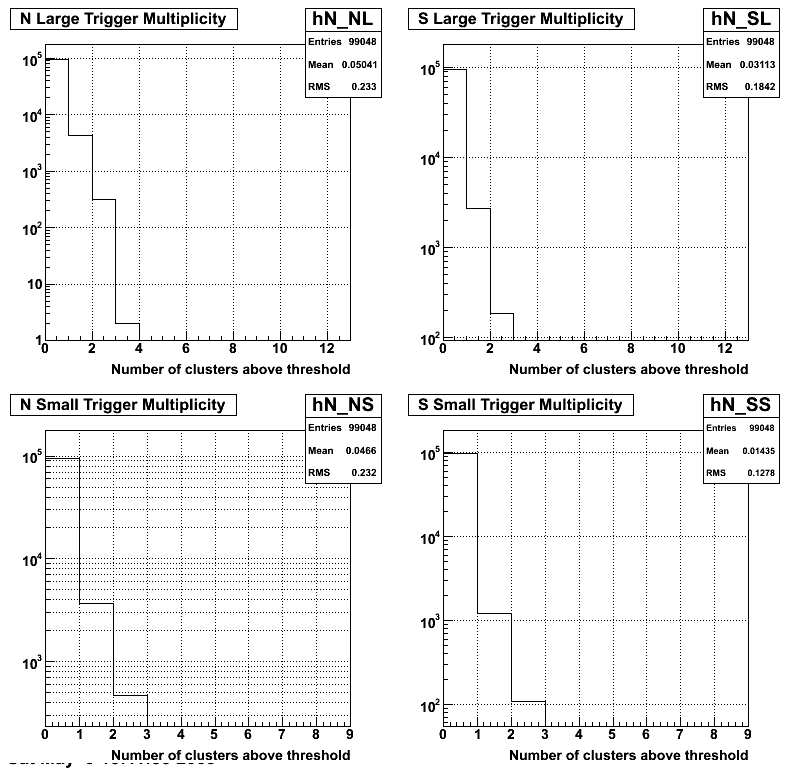
- leun's blog
- Login or register to post comments
